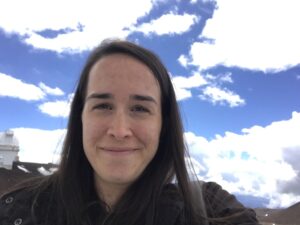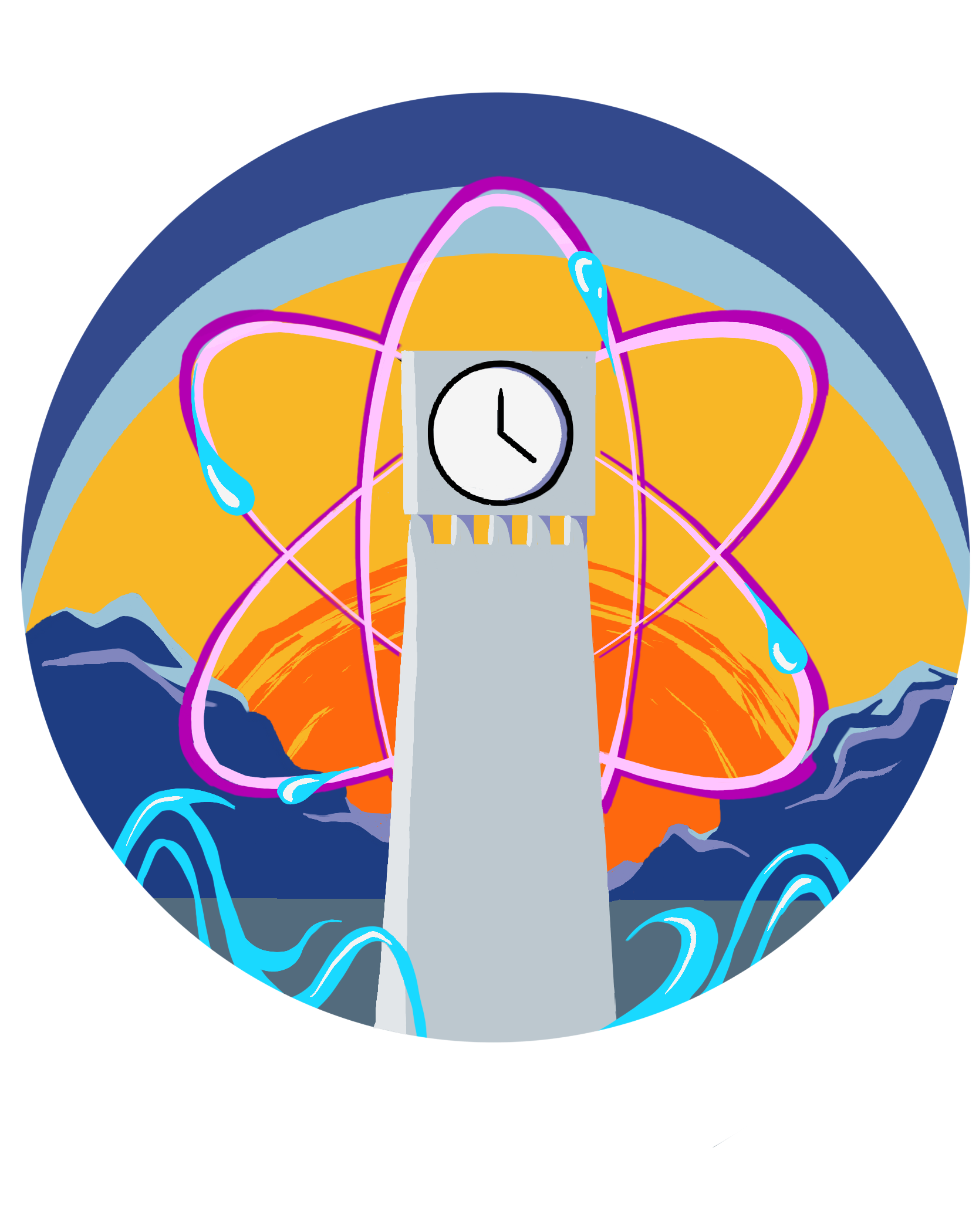
Dr. Laurie Rousseau-Nepton is a Canadian astronomer at the Canada–France–Hawaii Telescope, a postdoctoral researcher at the University of Hawaii, and is the first indigenous woman in Canada to obtain a Ph.D. in astrophysics. Rousseau-Nepton is an Innu woman whose family are from the Mashteuiatsh reserve in the Saguenay–Lac-Saint-Jean region of Quebec. She grew up near Quebec City, and lived for two years on the Wendake reserve. Rousseau-Nepton received her Ph.D. in 2017 from Université Laval, under the supervision of Carmelle Robert. Her doctoral research involved studying the HII regions of nearby spiral galaxies, using the SpIOMM, an imaging Fourier transform spectrometer developed at University of Laval. She subsequently took up an appointment as an FRQNT postdoctoral research fellow at the University of Hawaii at Hilo. Since 2017, she has been a resident astronomer at the Canada–France–Hawaii Telescope. Rousseau-Nepton is the Principal Investigator for SIGNALS, a large survey program aiming at observing over 50,000 resolved star-forming regions in nearby galaxies. Dr. Rousseau-Nepton recently accepted a position at the University of Toronto and the Dunlap Institute for Astronomy and Astrophysics beginning in September 2023!
Talk:
Birth of Stars in the Nearby Universe
Stars continuously affect their surroundings by producing and returning new elements to the interstellar gas. These new elements are then recycled to form new stars. They also form in a wide variety of environments which can be different galaxy to galaxy, location to location. The result is that each star is different and has its own story. During this presentation, I will present my main project: SIGNALS. By studying 50,000 regions where stars actively form, the SIGNALS’ collaboration aim at understanding what triggers their formation, how efficiently stars form, and how each generation transforms the gas around them and ultimately our Universe. I will also share some thoughts regarding my experience as a woman in the field as well as effort regarding highlighting ancestral knowledge which I hope will help to open a discussion on the different paths to indigenizing astronomy and science in general.
